In the charred, flickering world beneath Berlin, Adolf Hitler and Eva Braun were married. It was the last ceremony of the Third Reich, conducted not in a church or grand hall, but in the cramped, concrete map room of the Führerbunker.
Walter Wagner, a minor Nazi official, was called in to perform the brief proceedings. He uncomfortably asked the Führer if he was a pure Aryan, as the Nazi Race Laws required him to do, and received a cold, affirmative reply. Witnesses included Joseph Goebbels, Martin Bormann, and two aides. Eva wore black. Hitler’s voice was faint and slurred. The couple signed their names, with Eva signing the first part of “Braun” before scratching that out and signing “Eva Hitler.” Then the witnesses stepped forward, added theirs, and it was done. Eva Braun had waited for more than a dozen years to become Frau Hitler—longer than Nazi rule lasted in Germany—but she would hold the title for barely forty hours.
Afterward, the couple hosted a small gathering. There was champagne. Hitler toasted the group with a quiet, mumbled speech. Some cried. Others drank in silence. Outside, the Red Army was closing in. Inside, the wedding reception played out like a farce. A ceremony of life held in a mausoleum.
But the wedding was only one of the symbolic acts that day.
That night, Hitler dictated his final political and personal testament. In it, he reaffirmed his often stated claim that he had not wanted war, it was The Jews who started the war. Even his secretary, Traudl Junge, could not believe it anymore as she took down the dictation. Hitler continued on, condemning Göring and Himmler as traitors, and naming Admiral Karl Dönitz as his successor. He denounced surrender and ordered continued resistance, even as the city collapsed. He was no longer commanding an army. He was writing a propaganda manifesto to history.
Meanwhile, Dr. Werner Haase, summoned to advise on methods of suicide, confirmed that a cyanide capsule combined with a self-inflicted gunshot would be most effective. Hitler, distrustful of Himmler and uncertain whether the capsules provided by the SS were genuine, ordered a test. The poison was given to Blondi, his beloved German shepherd. She died within seconds. Hitler said little.
He then distributed cyanide capsules to a few in the bunker, telling them they could choose their own end. To Magda Goebbels, he gave his gold swastika party badge, a gesture of final loyalty, as if to say: we die for this together.
Magda, in turn, spoke more candidly about her children. There was no future for them, she said, in a world without National Socialism. She had made her decision. Her husband did not object. The six children, still neatly dressed, still playing in the halls, had no idea.
That night, as the final copies of Hitler’s testament were typed and signed, couriers were sent out through Soviet lines in a desperate attempt to deliver them. One copy would reach Dönitz.
It was wedding day in the bunker. But no one expected a honeymoon. Only a final night to rehearse the end, one last performance before the curtain fell.
FULL SERIES:
Yes, Hitler Really Did Commit Suicide, 80 Years Ago
Part 1: April 20, 1945 – Hitler’s Last Birthday
Part 2: April 21, 1945 – The Net Tightens
Part 3: April 22, 1945 – The Breaking Point
Part 4: April 23, 1945 – The Succession Panic
Part 5: April 24, 1945 – The Axis of Betrayal
Part 6: April 25, 1945 – No Way Out
Part 7: April 26, 1945 – The Sky Closes
Part 8: April 27, 1945 – Rienzi
Part 9: April 28, 1945 – Wedding Day
Part 10: April 29, 1945 – The Day Before the End

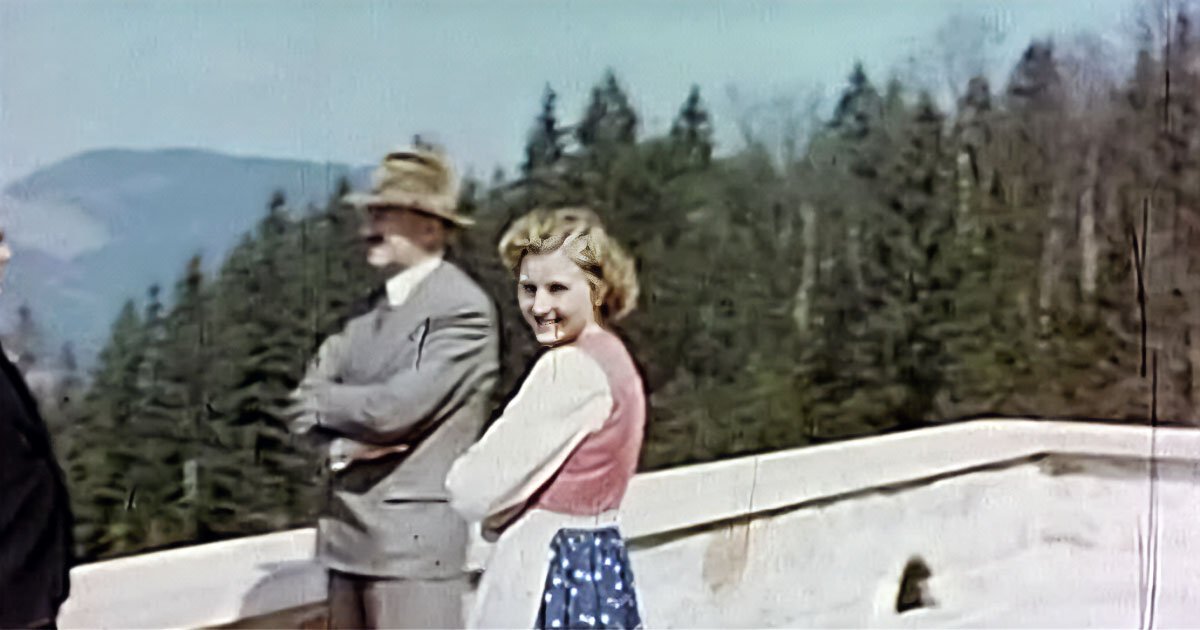
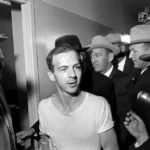
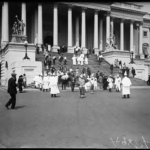


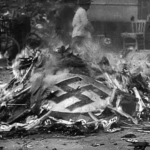



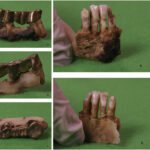
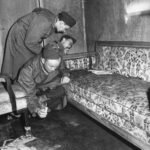
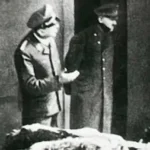
Leave a Reply